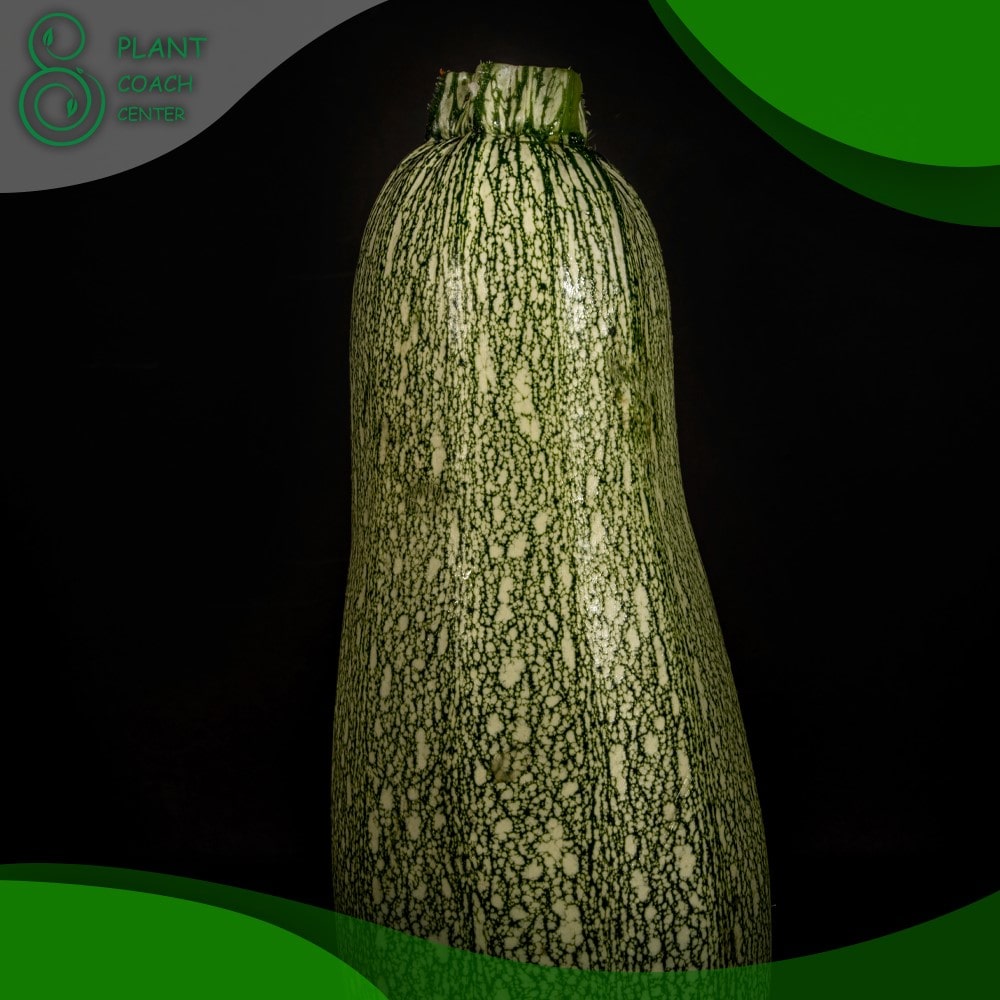When to Plant Courgettes
Introduction
Welcome to our comprehensive guide on when to plant courgette (zucchini) and achieve successful cultivation. In this article, we will delve into the various aspects of courgette planting, including understanding the plant’s life cycle, factors influencing planting time, indoor seed starting, direct sowing, troubleshooting common plant problems, harvesting, and advanced techniques.
Throughout this guide, we will also highlight the valuable resources and expert advice available at PlantCoachCenter.com to enhance your courgette growing experience.
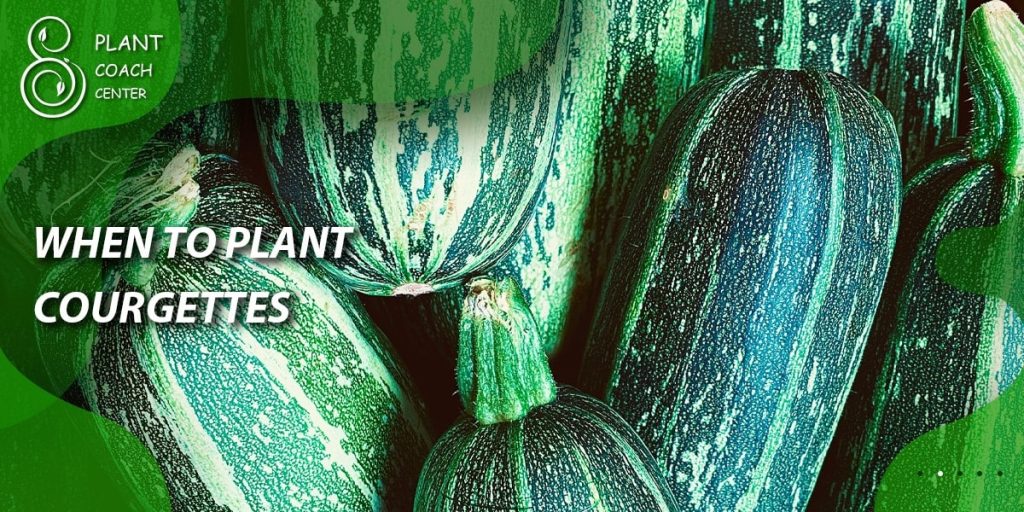
Understanding the Life Cycle of Courgette Plants
Courgette plants follow a distinct life cycle, from seed germination to mature plants bearing delicious fruits. Understanding this cycle is crucial for determining the appropriate planting time and ensuring optimal growth and yield. Let’s explore the key stages of a courgette plant’s life:
- Seed Germination and Indoor Seed Starting
– The importance of high-quality seeds for successful germination.
– Steps for indoor seed starting, including seed selection, sowing techniques, and ideal conditions.
– Nurturing seedlings until they are ready for transplanting.
- Transplanting Seedlings to the Garden
– Preparing the garden beds and ensuring proper soil conditions for seedling transplantation.
– Techniques for careful handling and transplanting to minimize plant stress.
– Post-transplant care to promote healthy growth.
- Growth Stages of Courgette Plants
– Exploring the various growth stages of courgette plants, from seedling establishment to flowering and fruiting.
– Understanding the plant’s development to make informed decisions regarding care and maintenance.
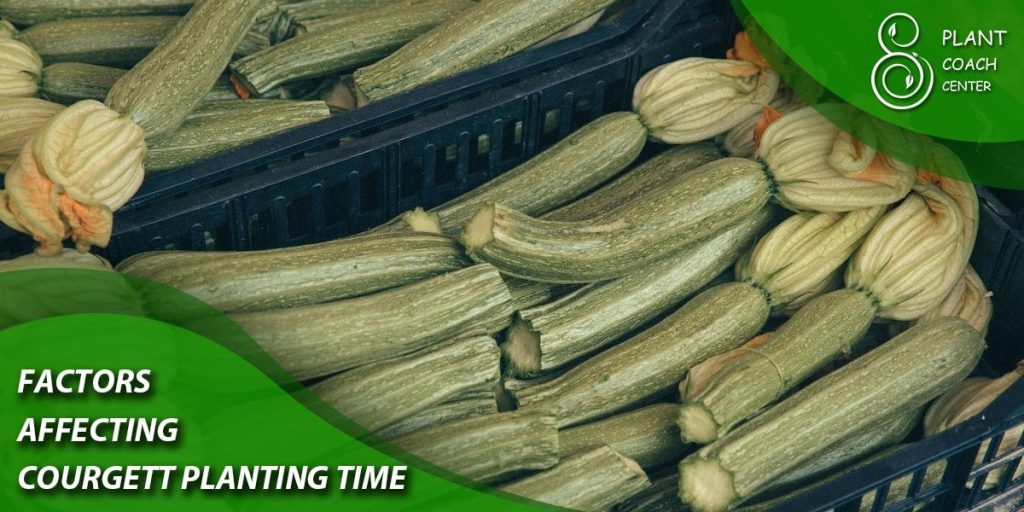
Factors Affecting Courgette Planting Time
Several factors influence the ideal time for planting courgettes. Consider these essential factors to determine the optimal planting time for your region:
- Climate and Temperature Considerations
– The impact of temperature on courgette growth and development.
– Minimum and maximum temperature thresholds for successful cultivation.
– Adapting planting time based on your local climate conditions.
- Frost Dates and Last Spring Frost
– Determining the average last spring frost date for your area.
– Adjusting planting time to avoid potential damage from late frosts.
– Techniques to protect young courgette plants from unexpected cold snaps.
- Soil Conditions and Preparation
– Evaluating soil quality and making necessary amendments for optimal courgette growth.
– Techniques for preparing the soil, including tilling, adding organic matter, and addressing drainage issues.
– Testing soil pH and nutrient levels to ensure a favorable growing environment.
- Daylight Requirements for Courgette Plants
– Understanding the importance of daylight duration for courgette plants.
– Adapting planting time based on the length of daylight in your region.
– Techniques for providing supplemental lighting if necessary.
Determining the Best Time to Plant Courgette
To determine the best time for planting courgettes, it is crucial to consider your location and hardiness zone. Additionally, specific planting recommendations can be followed based on your region:
- Planning Based on Your Location and Hardiness Zone
– Understanding the concept of hardiness zones and their relevance to plant selection and planting time.
– Locating your hardiness zone and using it as a guide for courgette planting.
- Recommended Planting Dates for Different Regions
– Exploring general planting guidelines for different regions, including recommended dates for starting seeds and transplanting seedlings outdoors.
– Adapting planting dates based on microclimates and local conditions.
- Extending the Growing Season with Season Extension Techniques
– Techniques for extending the growing season to maximize courgette yield.
– Exploring methods like row covers, cold frames, and high tunnels to protect plants from adverse weather conditions.
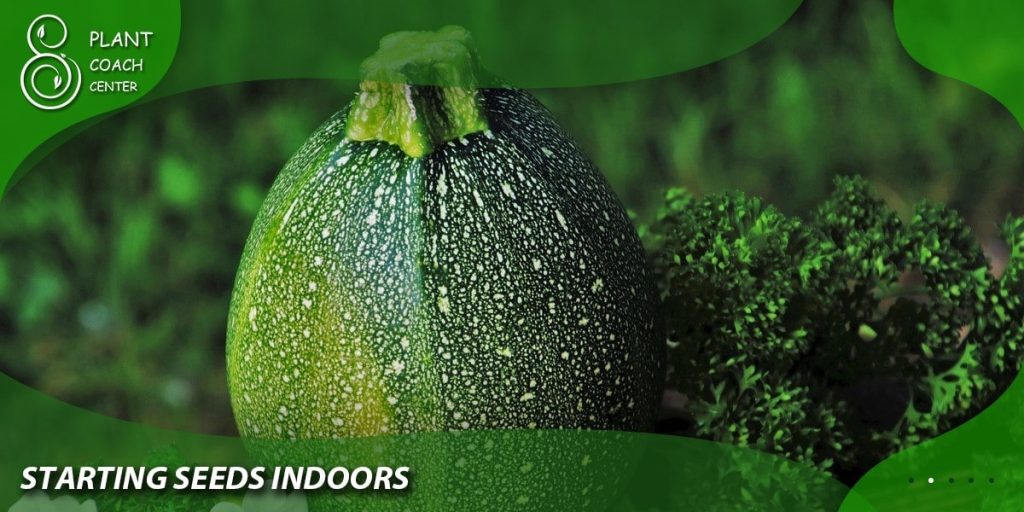
Indoor Seed Starting for Early Courgette Harvests
Indoor seed starting offers the advantage of an early start and increased control over the growing conditions. Consider the following aspects for successful indoor seed starting:
- Benefits of Starting Seeds Indoors
– Exploring the advantages of indoor seed starting, including an extended growing season and the ability to control temperature and lighting conditions.
– Early harvests and increased chances of success with transplants.
- Selecting and Sowing Courgette Seeds
– Choosing the right courgette seed varieties for your preferences and growing conditions.
– Tips for optimal seed sowing, including seed depth, spacing, and watering techniques.
– Caring for seedlings until they are ready to be transplanted.
- Optimal Indoor Growing Conditions and Care Tips
– Providing the ideal environmental conditions to promote healthy seedling growth.
– Monitoring temperature, humidity, and lighting requirements.
– Proper watering, fertilization, and disease prevention for indoor seedlings.
Direct Sowing Courgette Seeds in the Garden
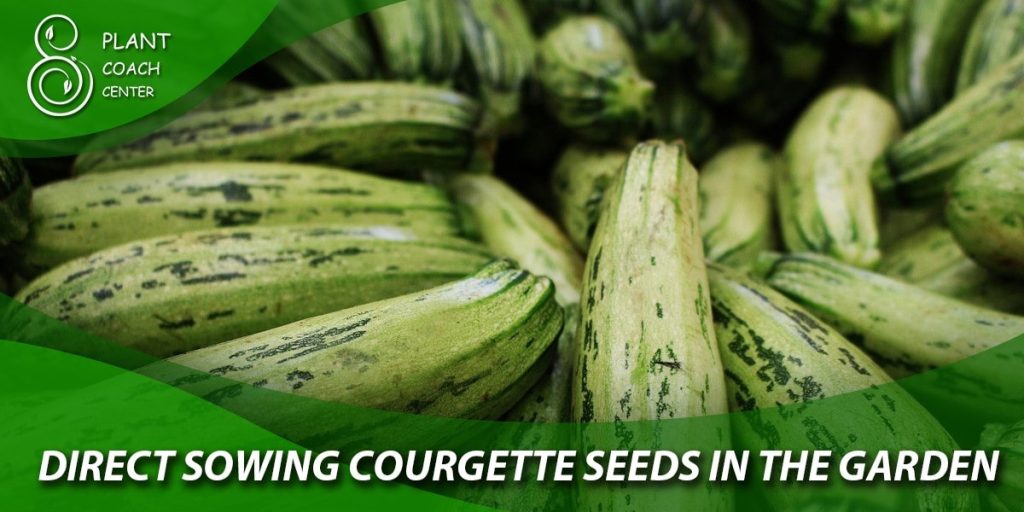
Direct sowing courgette seeds in the garden can be a straightforward and rewarding method. Follow theseV. Direct Sowing Courgette Seeds in the Garden (continued)
steps for successful direct sowing:
- Preparing the Garden Beds for Direct Sowing
– Clearing the area and removing any debris or weeds.
– Incorporating organic matter and improving soil structure.
– Addressing soil drainage issues for optimal growth.
- Seed Spacing and Planting Depth Guidelines
– Determining the appropriate spacing between courgette plants to allow for proper growth and airflow.
– Guidelines for planting depth to ensure seed germination and healthy root development.
– Marking and labeling the planting areas to track seedlings’ progress.
- Watering and Mulching Techniques for Direct Sown Seeds
– Proper watering techniques to promote germination and establishment.
– Mulching benefits and methods to conserve soil moisture and suppress weed growth.
– Monitoring soil moisture levels and adjusting watering accordingly.
Troubleshooting Common Courgette Plant Problems
While growing courgettes can be rewarding, they are susceptible to various pests, diseases, and environmental factors. Be prepared to address common issues:
- Pests and Diseases Affecting Courgettes
- Identifying and Managing Common Pests
– Recognizing common pests like aphids, squash bugs, and cucumber beetles.
– Organic and integrated pest management techniques to control infestations.
– Companion planting and natural predators to deter pests.
- Recognizing and Treating Common Diseases
– Identifying diseases such as powdery mildew, bacterial wilt, and blossom end rot.
– Preventive measures and cultural practices to minimize disease incidence.
– Natural and organic treatments for common courgette diseases.
- Nutritional Deficiencies and Soil Amendments
– Recognizing symptoms of nutrient deficiencies in courgette plants.
– Soil testing and understanding nutrient requirements.
– Appropriate soil amendments and fertilization techniques to address deficiencies.
- Dealing with Environmental Factors (Heat, Cold, etc.)
– Protecting courgette plants from extreme heat and sunburn.
– Mitigating the effects of high temperatures on plant growth and fruit development.
– Strategies for frost and cold protection to extend the growing season.
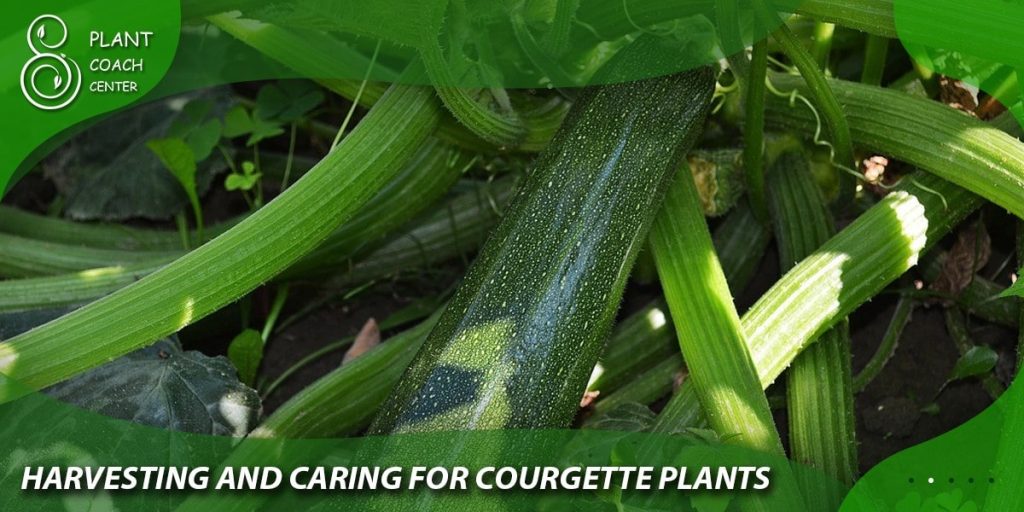
Harvesting and Caring for Courgette Plants
Enjoy the fruits of your labor by harvesting courgettes at the right time and providing proper care for continued productivity:
- Signs of Courgette Readiness for Harvest
– Recognizing the visual and tactile cues for harvesting courgettes.
– Ideal size and color for picking courgettes.
– Regular harvesting for increased yield and plant health.
- Harvesting Techniques to Promote Continuous Yield
– Proper harvesting techniques to avoid damage to the plant and future fruit production.
– Encouraging lateral growth for extended harvesting periods.
– Managing courgette plants for a continuous supply throughout the growing season.
- Post-Harvest Care and Storage Tips
– Proper handling and cleaning of harvested courgettes.
– Storage options and ideal conditions for maintaining freshness.
– Creative ways to utilize and preserve courgette harvests.
Advanced Courgette Planting Techniques
For seasoned gardeners or those seeking to explore advanced methods, consider these techniques to enhance your courgette cultivation:
- Succession Planting for Continuous Harvest
– Understanding the concept of succession planting for a continuous supply of courgettes.
– Calculating planting intervals and scheduling successive plantings.
– Maximizing space and yield by staggering plant maturity.
- Companion Planting for Pest Control and Enhanced Growth
– Utilizing companion plants to deter pests and attract beneficial insects.
– Beneficial plant combinations for courgettes, such as marigolds, nasturtiums, and basil.
– Enhancing pollination and nutrient uptake through strategic companion planting.
- Trellising and Vertical Gardening Methods
– Exploring trellising and vertical gardening techniques for space-saving and improved airflow.
– Benefits of trellising courgettes, including increased fruit quality and reduced disease incidence.
– Different trellising systems and their suitability for courgette plants.
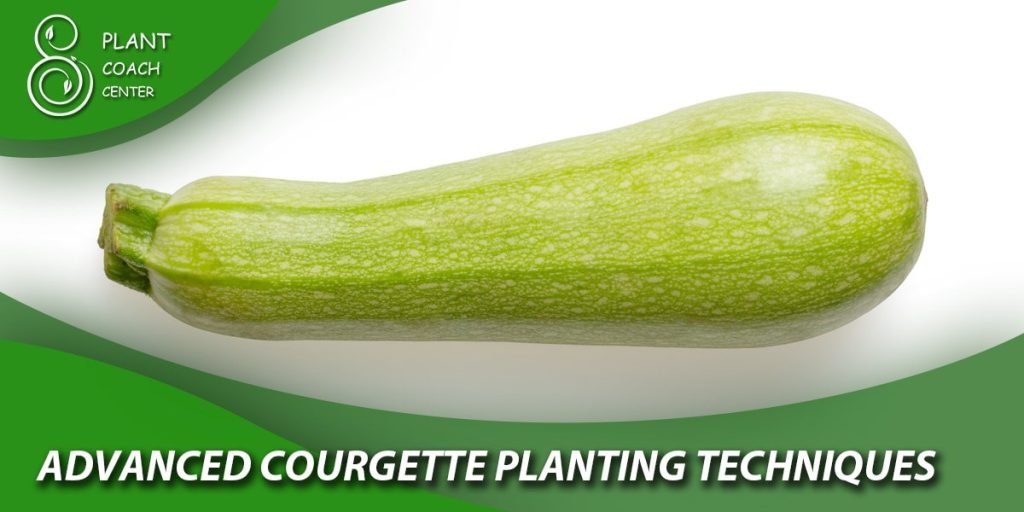
Conclusion
In conclusion, successfully planting courgettes depends on understanding the plant’s life cycle, considering various factors that influence planting time, and implementing appropriate techniques for indoor seed starting or direct sowing.
When should I plant courgettes?
Spring.
Can I plant courgettes in winter?
No.
What is the best time to sow courgette seeds?
Late spring.
When can I expect to harvest courgettes?
Summer to early autumn.


